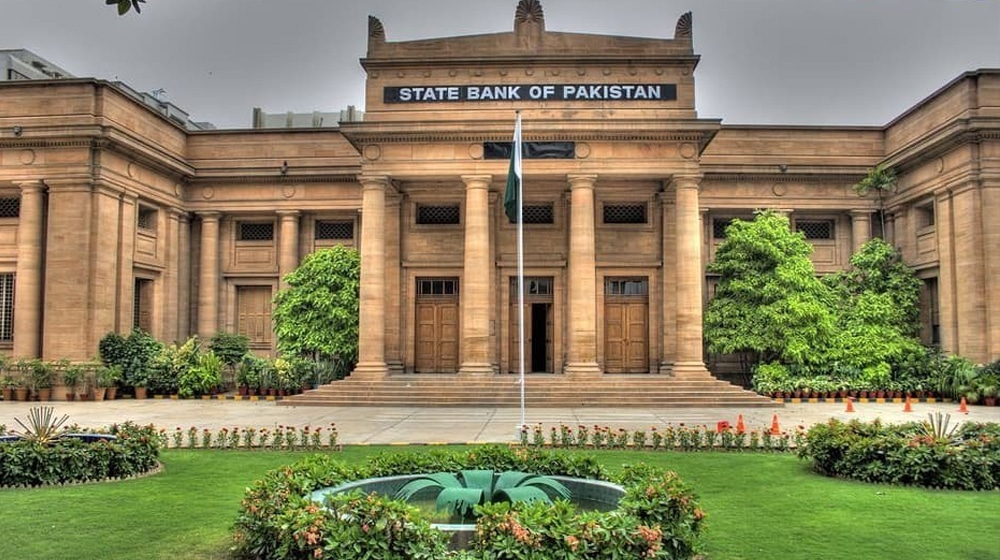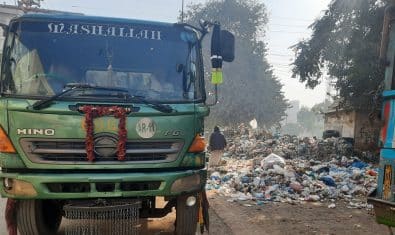As part of its 5-year strategic plans, the State Bank of Pakistan (SBP) initiated its efforts to set up regulatory sandboxes by rolling out its draft guidelines for consultation and feedback from potential stakeholders and experts in the relevant field.
In line with international best practices to promote innovation in the area of digital financial services (DFS), SBP is introducing the guidelines for:
- Regulatory Sandbox, and
- Technical Sandbox for Raast.
The establishment of regulatory sandboxes has been adopted by many regulators globally for new entrants as well as established players who are looking for clarity around new digital solutions that do not easily fit into the existing regulatory framework.
The Regulatory Sandbox may be defined as a controlled regulatory environment provided by the regulators for experimenting limited scale, live tests of innovative technologies, products, services, processes, etc. for a restricted period to evaluate their commercial viability and also to determine the enabling regulatory environment that will be conducive for these innovative solutions.
On the other hand, Technical Sandbox represents a dynamic testing environment, provided by the regulator, that welcomes Innovators, Fintech startups, and established Financial Institutions to test and experiment with their innovative technologies and proposed payment solutions. The regulator provides a safe and controlled space for testing and refining their new payment methods and services.
The objectives of the guidelines for Regulatory Sandbox are to:
- Promote digitalization and financial inclusion through the implementation of disruptive technologies, innovative and customer-centric products and services, and new business models.
- Identify the risks associated with unregulated financial products and services, and develop appropriate risk mitigation mechanisms.
- Create a supportive environment for Fintech entities and incumbents interested in rolling out new financial products and services.
- Enhance regulatory clarity and consistency for the DFS; and
- Support evidence-based regulatory reforms.
Technical Sandbox for RAAST is aimed to ensure that innovations seamlessly integrate into the broader financial market infrastructure.
This will specifically:
- Allow access for sandbox participants to test RAAST-related products and services such as payment initiation services (PIS), account information services (AIS), and person-to-merchant (P2M) payments for new entities in a controlled and monitored environment to foster innovation.
- Facilitate the testing and validation of new payment methods, protocols, and systems within the RAAST ecosystem.
- Encourage collaboration between various stakeholders in the financial industry (banks, Fintech entities, payment service providers, and regulators).
These Sandboxes are primarily aimed at the products and services that are not yet regulated or conservatively regulated by SBP. SBP Sandboxes are open to entities that propose solutions that involve products or technologies that are currently not covered under any policy and regulation of SBP and are not already available in the market.
This encompasses entities that provide products and services for the promotion of DFS and financial inclusion in the country. And, regulated entities if they face regulatory restrictions to market any product or service.
Eligible Entities for Regulatory Sandbox and Technical Sandbox
- Entities, already licensed by SBP, desiring to enter the Sandbox in order to test a proposition. Examples of entities under this category include Banks, PSOs/PSPs, EMIs, MFBs, Exchange companies etc. Companies willing to apply for EMIs, PSO or PSP may also be required to first demonstrate their product, business proposition and solution in the regulatory sandbox. After successful graduation, entities may be given further approvals as per existing processes.
- Entities Licensed by Other Regulators: Entities that are not licensed by SBP but are licensed by other regulators in Pakistan. Such entities may include technology service providers, telecom companies, payment system platforms, e-commerce platforms, third-party service providers, Fintech entities, etc.
- Non-licensed Entities/Individual Applicants or Startups Incorporated in Pakistan: Non-licensed entities or individuals with innovative Fintech solutions will be provided a Sandbox access in the form of a Letter of Acceptance (LoA) that acts as a temporary restricted permission valid only for the duration of Sandbox testing. Such entities may also access the Sandbox by collaborating with the entities regulated by SBP.
- Non-Licensed Entities Incorporated Outside Pakistan: Non-licensed entity which is incorporated outside Pakistan, can apply for the Sandbox testing through either of the following options:
-
- Partnering with an SBP-licensed institution.
- Establishing an office in Pakistan and obtaining a license of incorporation in Pakistan by the relevant regulatory entity.
The applicant willing to participate in the Sandbox must demonstrate expertise such as innovation, consumer utility, increased security, increased accessibility, enhanced consumer, experience, decreased onboarding time, scalability, and improved price benefit.






















SBP should check the National Savings digital app and customer service performance. I hope they will improve before taking credit of other banks digitalisation progress.